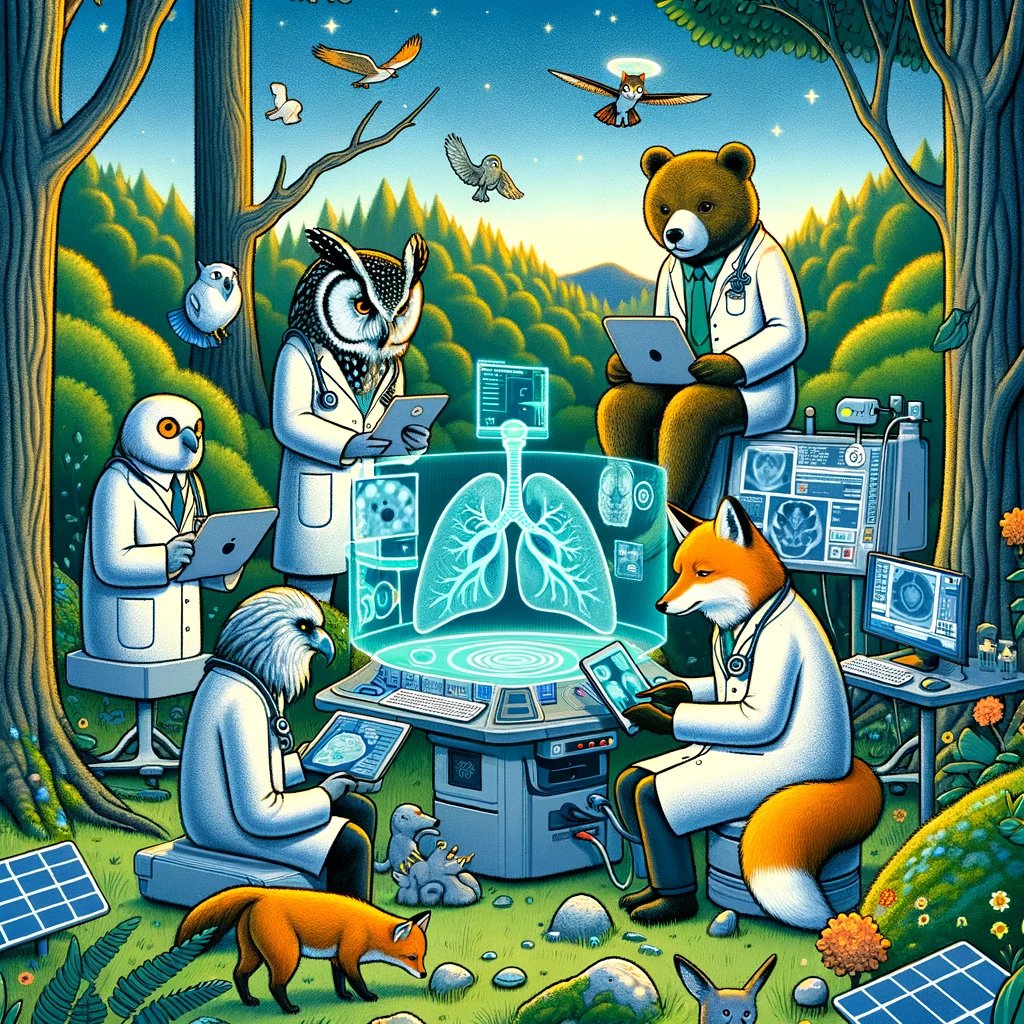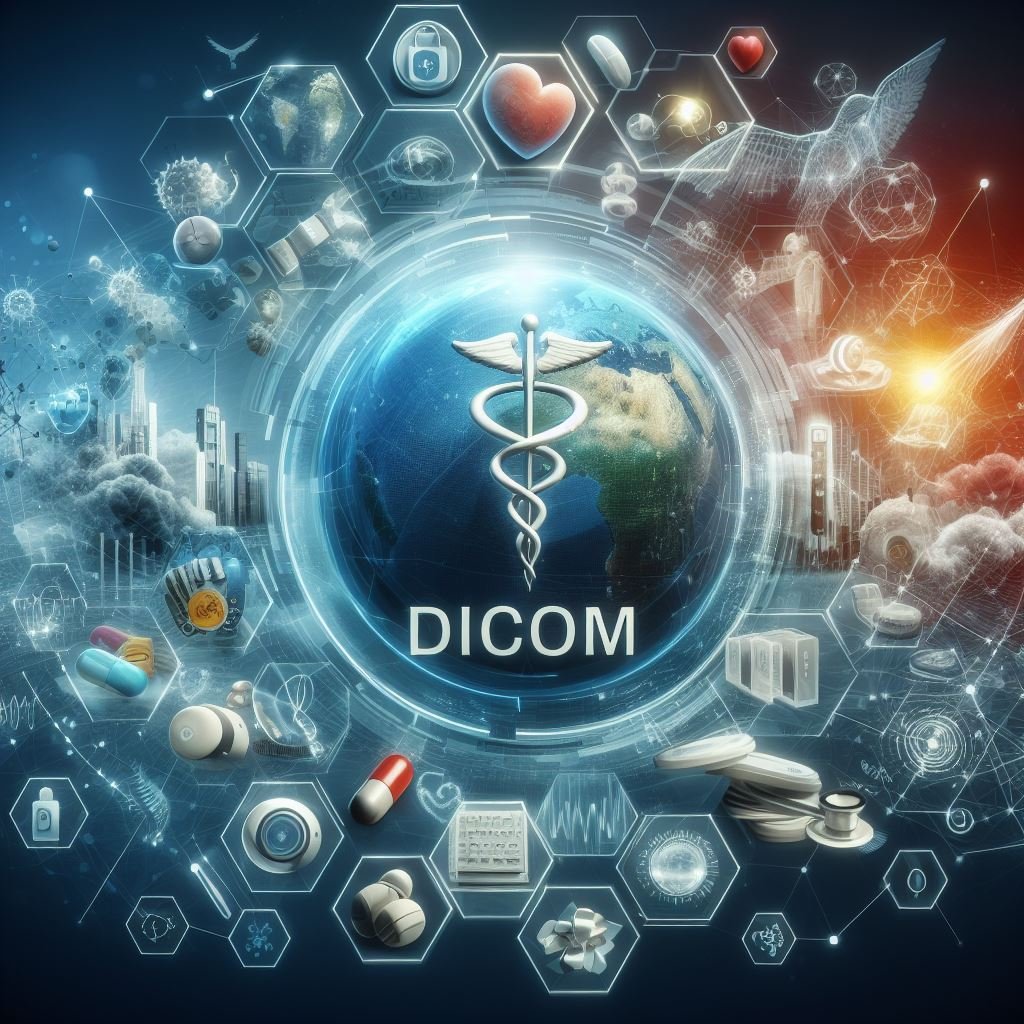Crowd-sourcing in Radiology: Global super-powers for your Medical Imaging Research

In the rapidly evolving world of medical imaging, the blend of technology and collective human intelligence has opened up unprecedented opportunities for advancement. The advancement can be seen in the avalanche of very large research consortiums stood up globally to harness the power of Artificial Intelligence and the vast medical imaging expertise held by radiologists everywhere.
Crowd-sourcing, a method once associated primarily with funding initiatives or gathering general public opinion, is making significant inroads into the domain of radiology reading, image annotation, lesion labeling, and segmentation for medical imaging-based research and in preparation for Machine Learning (ML). This innovative approach leverages the collective expertise of radiologists and medical professionals from around the globe, enhancing both the speed and quality of image analysis. But how can we ensure the reliability and accuracy of these crowd-sourced interpretations? The answer lies in the use of cloud-native, zero-footprint global applications that streamline the entire process, ensuring top-quality results.
The Keystone of Quality Control
At the heart of ensuring accuracy and reliability in crowd-sourced radiology readings is the centralization of data, tools and processes. A cloud-native, global application serves as the command center for all activities related to medical image analysis. It controls the configuration, toolset, and instructions provided to all participants, thereby standardizing the methodology across the board. This uniformity is crucial for maintaining the integrity of the readings and annotations, eliminating variability that could compromise the quality of the data collected.
Embracing Cloud-Native Platforms for Seamless Collaboration
Cloud-native platforms and applications are revolutionizing the way crowd-sourced radiology projects are conducted. They offer an omni-present, zero-footprint solution, meaning that participants can access the necessary tools and images from anywhere, at any time, without the need for specialized hardware or software installations. This flexibility significantly widens the pool of potential contributors, allowing for a more diverse and comprehensive collection of readings and annotations. Moreover, cloud-native systems facilitate real-time updates and feedback, enhancing the collaborative effort and ensuring that any discrepancies or errors can be addressed promptly.
Ensuring Accuracy Through Advanced Features
To further bolster the quality of crowd-sourced radiology readings, these centralized platforms incorporate several key features:
Randomization and Double Reads: To mitigate bias and improve accuracy, the platform should randomize the assignment of images to readers and implement double reading protocols. This means that all or a subset of images are reviewed by multiple professionals independently, allowing for a comparison of interpretations and the identification of any discrepancies.
Advanced Annotation and Segmentation Tools: High-quality results require sophisticated tools that enable precise annotation and segmentation of images. The zero-footprint reviewing environments must provide a comprehensive suite of tools tailored to the specific needs of radiology image analysis, including AI-assisted or semi-automated options that streamline the process and improve accuracy.
Rigorous Quality Control Mechanisms: Through a combination of automated checks and expert oversight, the platform continuously monitors the quality of the annotations and readings. This includes validation steps where expert consensus is used to resolve any differences in interpretation, ensuring that the final dataset is of the highest quality.
Conclusion
Crowd-sourcing in radiology represents a paradigm shift, offering a scalable, efficient, and cost-effective method for analyzing medical images. By leveraging global, cloud-native platforms, the medical research community can harness the collective expertise of radiologists worldwide, accelerating the pace of discovery and enhancing the quality of outcomes. As we continue to refine these platforms and processes, the potential for innovation in medical imaging and beyond is boundless. The key to unlocking this potential lies in our ability to collaboratively refine, adapt, and innovate, ensuring that the crowd's power is directed towards the ultimate goal of advancing human health and understanding.
Pär Kragsterman, CTO and Co-Founder at Collective Minds Radiology
Reviewed by: Mathias Engström on September 22, 2024




